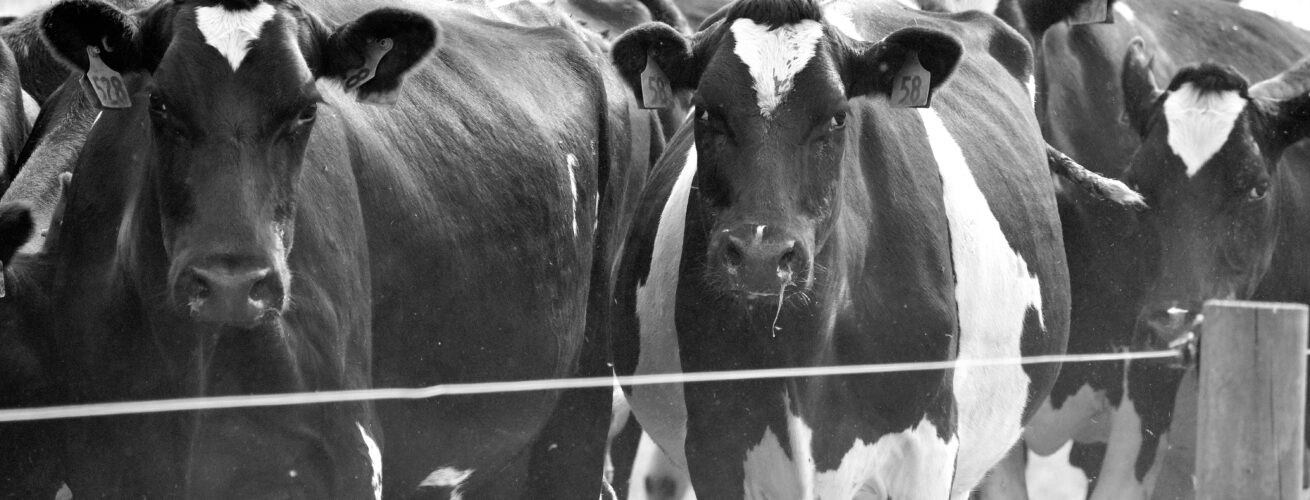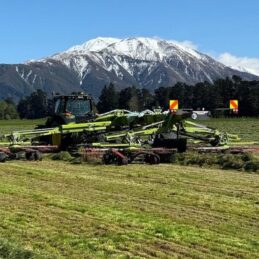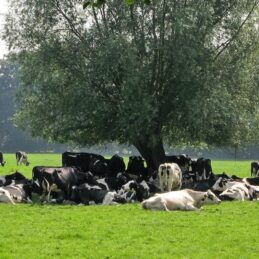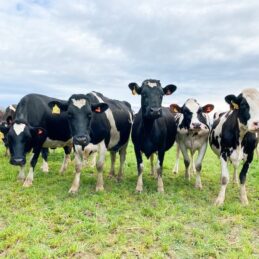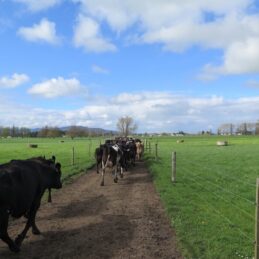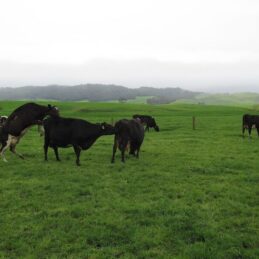
PRACTICAL ADVICE
We are frequently asked by publications to help provide insight into essential and prevalent issues. These include animal nutrition features written by our technical specialists. Practical advice that works made available to you. Sit back and have a read.

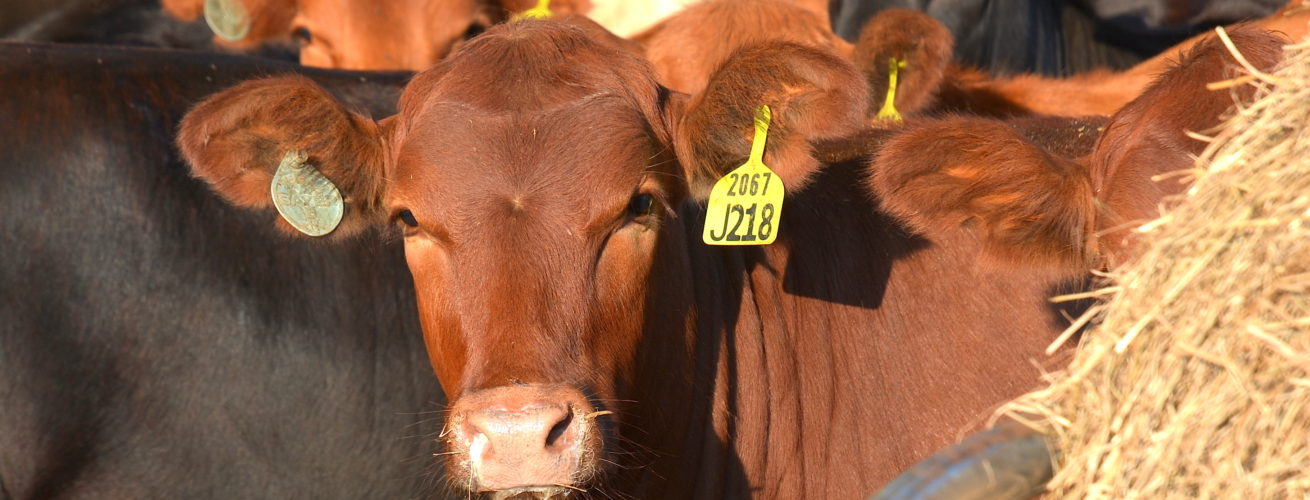
Rearing More Productive Heifers
It has been demonstrated that better grown calves and heifers have higher first lactation and lifetime production than less well grown ones. What is less certain is the extent to which the benefits of early rumen development remain through to and after calving, with heifers reared off farm. This was tested in an on farm [...]
Rearing More Productive Heifers – Trial Review
Rearing calves well has long been recognised as important in the development of productive heifer replacements. This concept has been extended more recently to studying the benefits of early rumen development on subsequent growth and milk production. Agrifeeds/Agritrade have promoted an early rumen development feeding programme using an extruded pre-starter feed RumenX®, and have conducted [...]
Managing Cows During the Dry Period
Last month’s article focussed on feeding cows to achieve calving body condition targets prior to drying off. This month’s article covers feeding and management during the dry period prior to the transition to calving. Most dry cows are wintered on pasture or crops off the milking platform, with the aim to maintain or gain condition [...]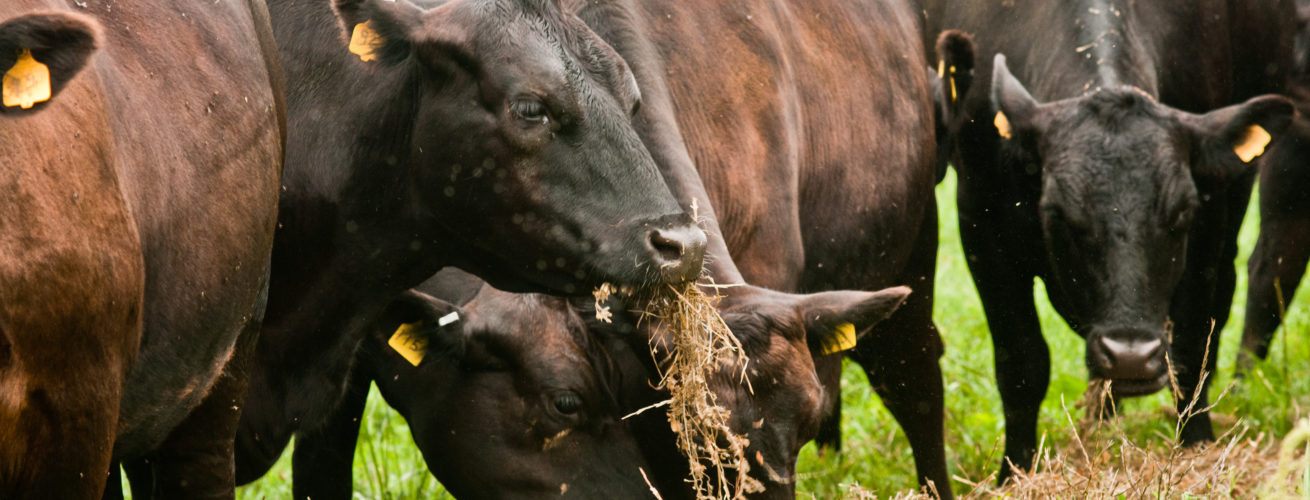
Nutritional strategies to help maintain production and body condition in late lactation
Although we’re aware of the importance good management over the next three to four months has on next season’s production, working out the optimal time to dry off can be far more challenging. Assessing condition scores (CS) of your herd now is an important first step to making informed decisions. Target condition scores are 5 [...]
Facial Eczema
This years’ strong El Niño may result in higher facial eczema challenges, if hot dry conditions are followed by warm moist periods, resulting in rapid increases in fungal growth and spore production. This combined with high grazing pressure, may lead to higher sporidesmin mycotoxin challenges and greater risks of stock contracting facial eczema. Prevention not [...]
Maintaining Pregnancy
Local trials have demonstrated early embryonic loss is the major cause of empty cows, being a financial drain on farming businesses, through higher replacement costs and lost production. The forecast intense El Niño may lead to higher than usual empty rates this year, if farmers do not ensure they provide sufficient high quality feed during [...]
Strategies for El Niño
Reduced pasture growth in the East due to lack of moisture with this year’s El Niño conditions, makes it more important to conserve as much of any temporary pasture or crop surpluses. This will reduce requirements for supplementary feeds, or the need to dry cows off early. Conversely, wet conditions in the West may result [...]
Pasture Mycotoxins Reduce Stock Performance
It is about this time of year that farmers may notice a number of behavioural issues with their stock, along with declines in performance. Typical symptoms are grouping together particularly under shade, rather than being spread out across a paddock and around water troughs. Skin can peel in severe cases. Such behaviour and symptoms are [...]